Stop Doing UX by the Book
If you’ve ever had your UX process thrown out because “there’s no time,” this article’s for you.
Maybe you learned UX the “right way” — double diamond, user interviews, testing, all that.
The design thinking process consists of various stages, often referred to as the phases of design thinking, which are flexible, non-linear,and allow teams to revisit earlier steps as needed.
But when you landed your first job, you were just… another pair of hands.
Pushing pixels.
Designing features that someone else already decided on. I’ve been there.
And after 20 years in the field, from scrappy startups to dev-driven giants, I’ve learned when to push for user research… and when to let go.
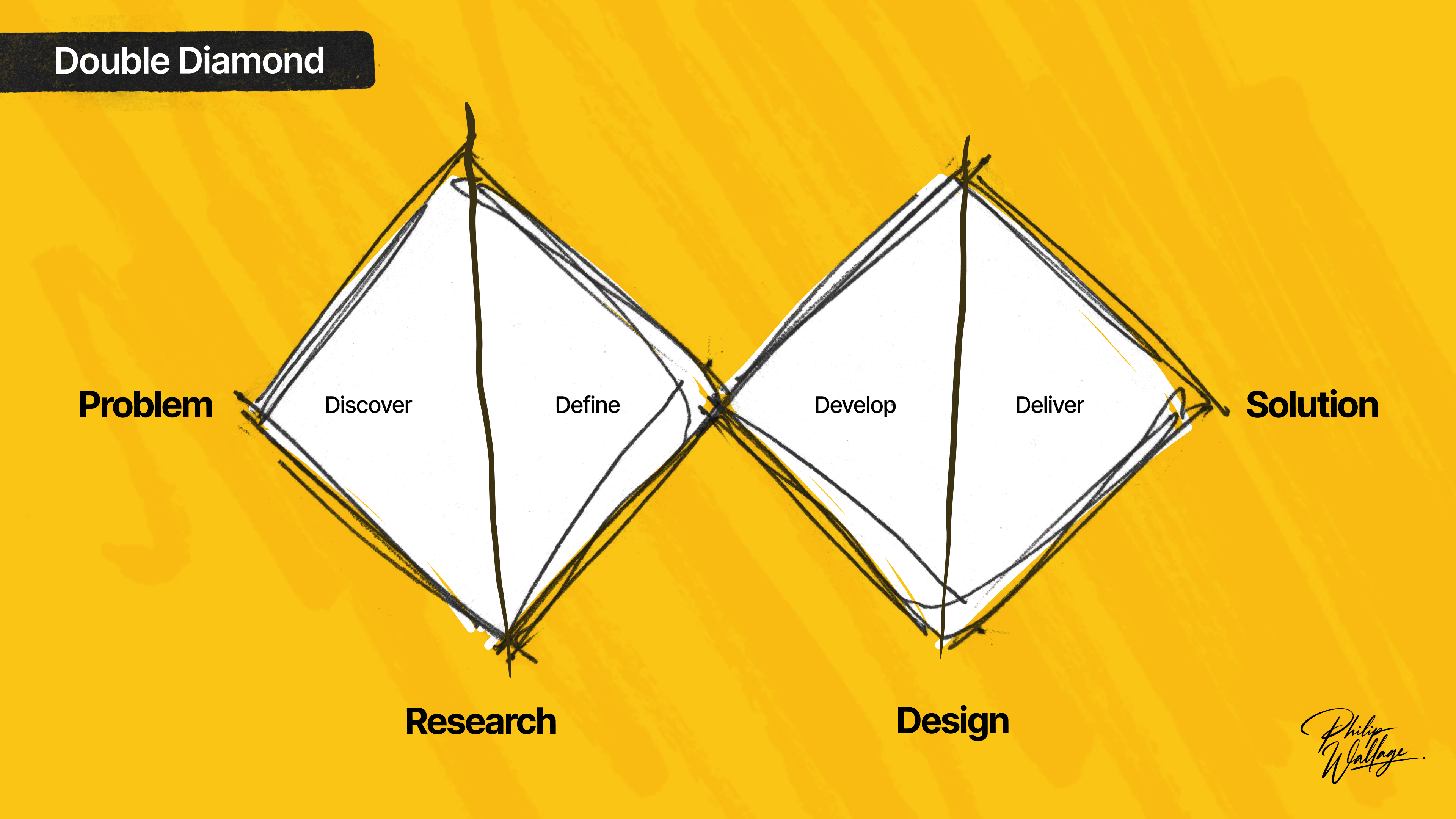
In this article, I’ll show you how I actually work today.
How I convinced one team to do a full Design Sprint, and why I stopped trying to change people who don’t want to change.
If you’re curious about what senior UX looks like in the real world — unfiltered — you’re in the right place.
Hi, I’m Philip Wallage. I’ve been designing digital products for over 20 years, from early web design to full-blown UX strategy for startups and scale-ups.
I share how to build a creative business that actually works, one that doesn’t burn you out or box you in.
Inspiration is a key driver in the initial phases of design thinking and human-centered design, motivating the creative journey from the very start.
And if you’re trying to escape the 9–5 or scale your skills into something more sustainable, you’re not alone.
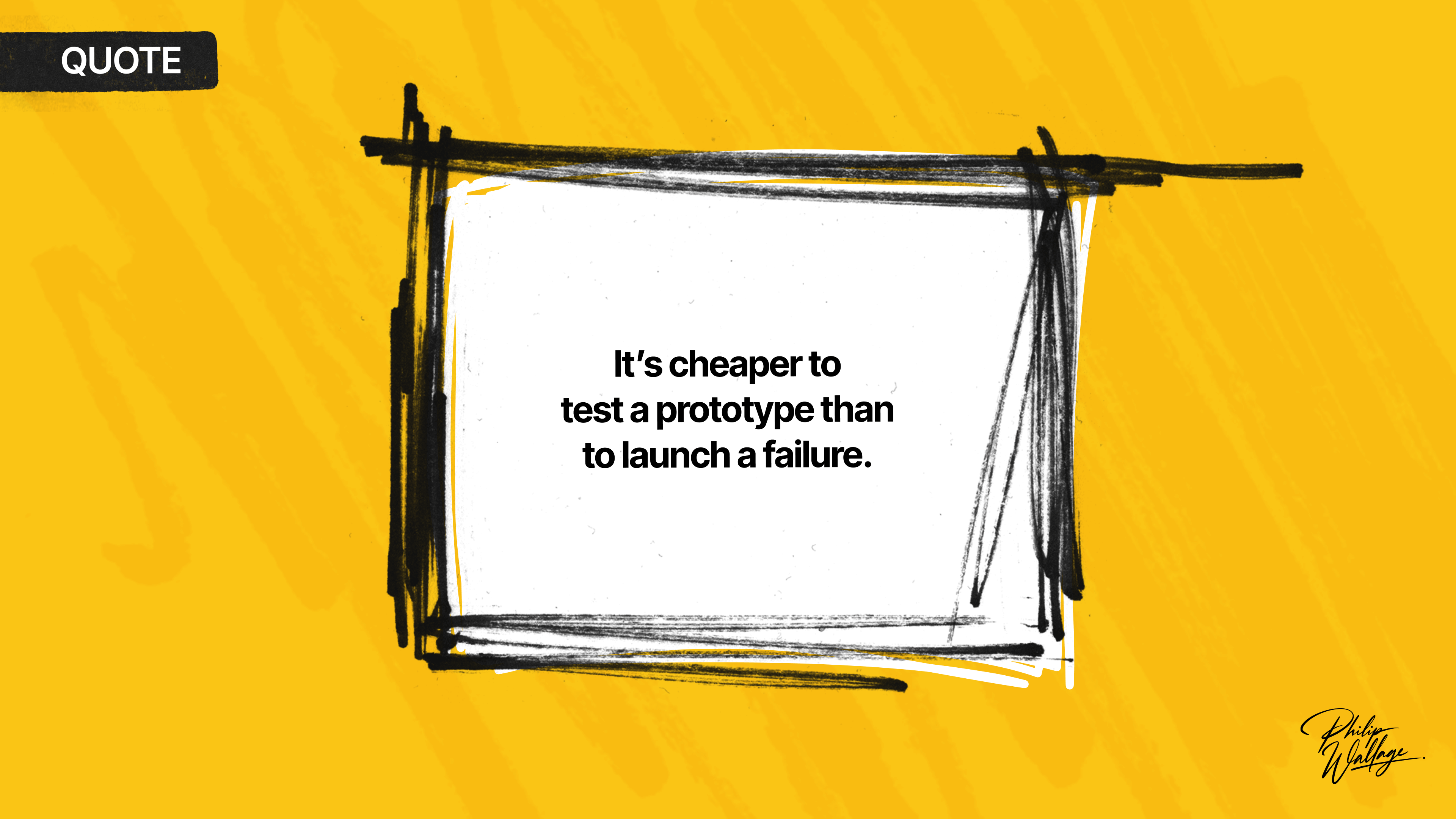
When Not to Push UX: A Story
February 2019. Belgium. A SaaS company I was working with asked me to visit one of their biggest clients.
They were pissed.
Missing features. Broken workflows. You know the deal.
I had just come off a huge win — a Design Sprint that saved the Dutch Road Service 2.8 million euros a year.
So I thought, “Let’s do it again.” Big mistake. Dragging a frustrated client, who already knows exactly what they want, through a 4-day creative workshop? That’s not a UX process. That’s punishment.
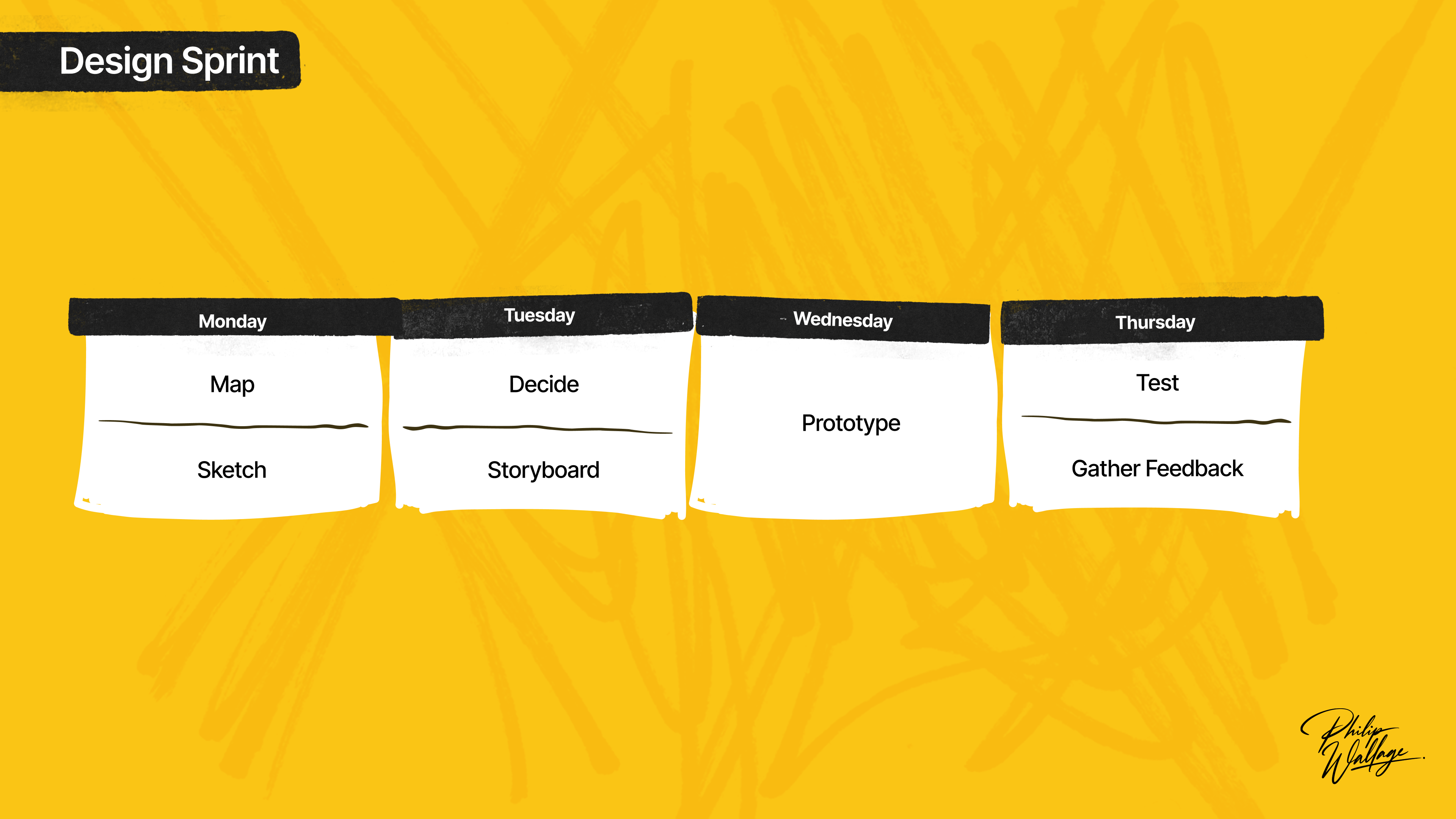
They didn’t want empathy maps or Crazy 8s. They wanted a damn input field.
Looking back, we should’ve just taken inventory, let them vent, sketched a few options, and presented possible solutions online.
One day. Max.
But I was still trying to prove something. Thinking if I just explained it right, they’d see the light.
They didn’t.
Lesson learned: know your tools.
Know when to use them.
And more importantly: know when to fold.
Sometimes, you need to go back to a previous stage or approach when things aren't working.
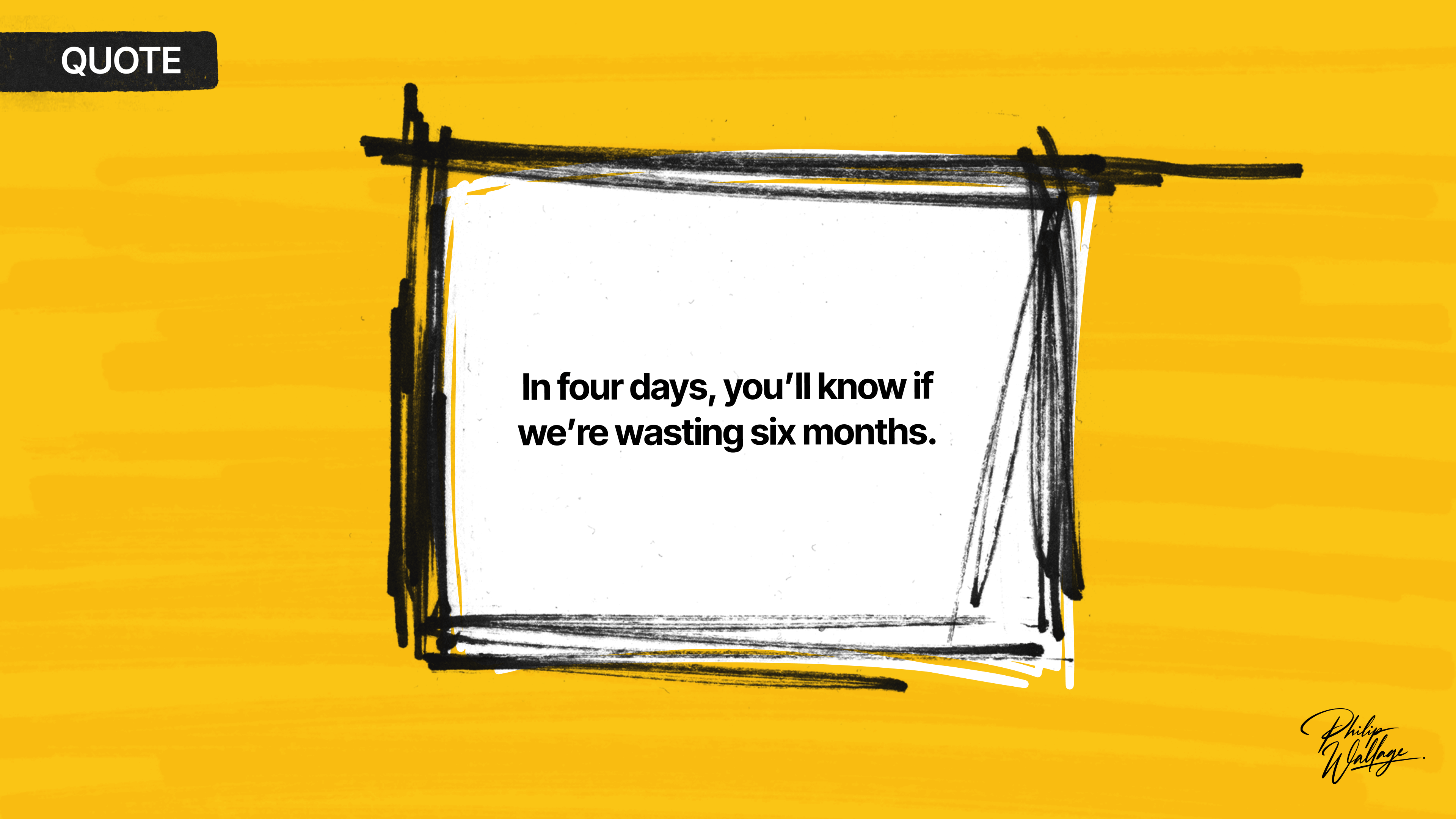
When Not to Bother with a Full UX Process: My Checklist
- If the team thinks user research equals asking the intern. You’ll hear: “We asked Mark and he said it’s fine.”
- If leadership says “just make it pretty.” That’s code for “don’t think, just decorate.”
- If every meeting starts with a roadmap slide and ends with a deadline — you’re just rearranging chairs on the Titanic.
- If they say, “We already know what the users want.” Spoiler: they don’t. But they really don’t want to find out.
- And if your best wireframe gets approved in 11 seconds… congrats. You’re now the official pixel pusher.
How I Actually Started: The Ideal UX Design Process
In the early days, I did everything by the book: Empathize. Define. Ideate. Prototype. Test.
These are the classic phases of design thinking: starting with the empathize phase to understand user needs, moving to define, then the ideate phase for generating ideas, followed by the prototype phase, and finally the test phase to validate solutions.
Textbook UX. I knew it by heart. But then reality hit.
I got dropped into Agile sprints, working with dev teams already halfway through building the thing.
Suddenly, there’s no time for discovery.
The sprint starts Monday. The deadline is Friday next week.
Welcome to UX in the wild. The design thinking process is an iterative non linear and non linear process, where stages can be revisited and repeated as needed.
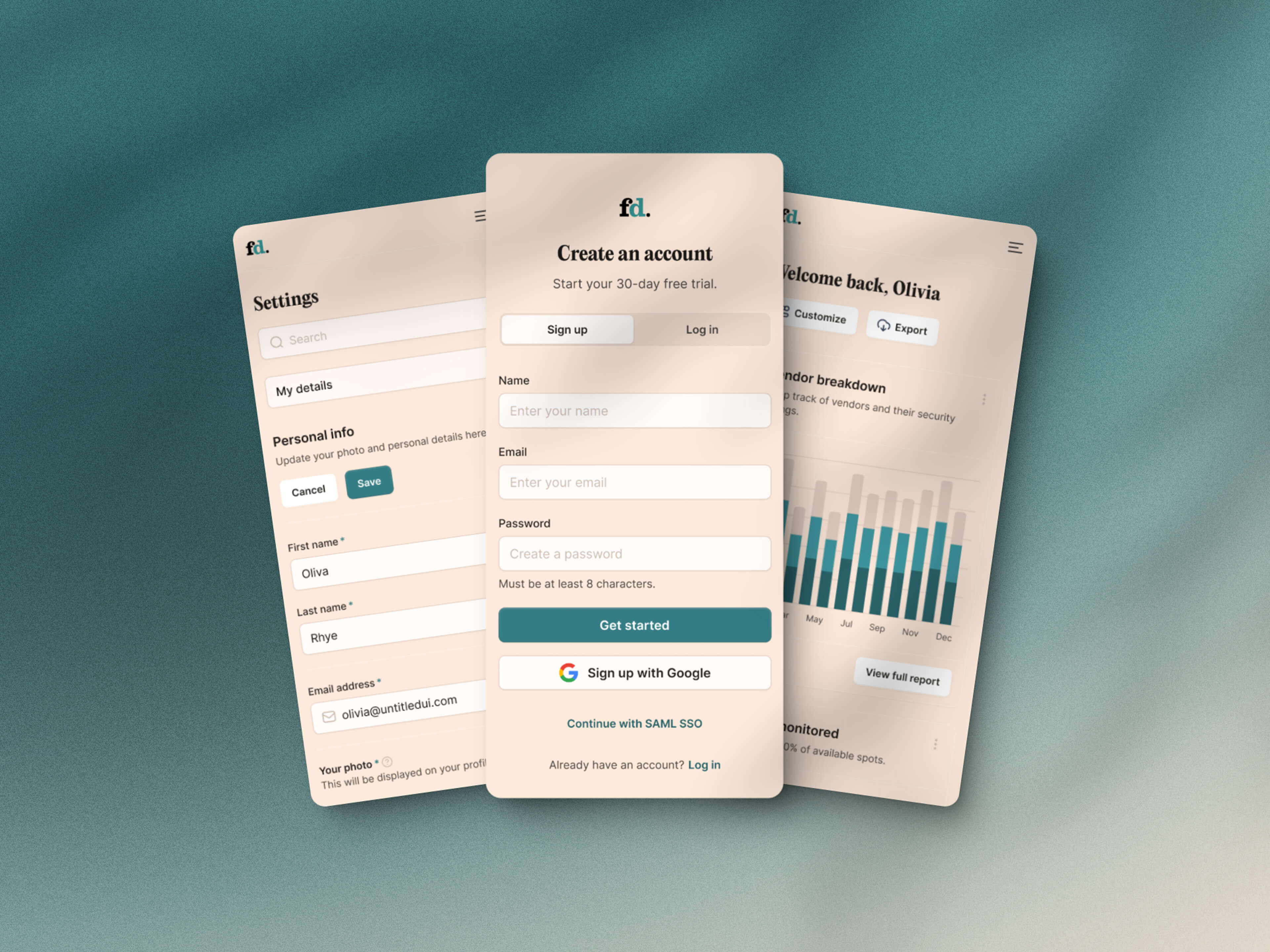
Others were wild. I once redesigned ERP software that hadn’t changed since before Windows 95.
Ten new buttons. Every year. For ten years.
It was like digging a swimming pool with a spoon.
One project in the supermarket niche was super promising. We had tons of ideas, validated them with the current users, and then hit a wall.
During the ideate phase, teams generate potential solutions and innovative ideas to address the problem at hand.
What if your new direction is great… but not for your existing audience?
That’s when I realized: it’s not just about the user.
Your client, your boss — they’re part of the equation too.
Sometimes there isn’t time. So if you’ve only got 8 hours to spend, do you talk to users?
Or do you validate your best assumptions and ship something you can learn from?
Hitting a wall often means the team needs a shared understanding of the problem and should leverage existing knowledge to move forward.
The prototype phase and test phase are used to test proposed solutions, gather feedback, and iterate before final implementation.
The third phase is typically the development or prototyping stage.
Non-Linear Design in the Real World
If you’ve ever tried to follow a design thinking process step-by-step, you know it’s never as tidy as the diagrams make it look.
In reality, solving complex problems is messy.
You might start with a hunch, jump into prototyping, then realize you need to go back and talk to users—again.
That’s the beauty of a non-linear, iterative process: it lets you adapt, refine, and rethink your approach as you learn more.
This isn’t just about being flexible for the sake of it. Embracing a non-linear design process is how you actually create innovative solutions that work for real users.
You’re not just ticking boxes—you’re solving complex problems in a human-centered way, which is what drives business success and strategic innovation.
Harvard Business School and other leaders in the field teach that the best ideas often come from looping back, questioning assumptions and letting empathy guide your next move.
In practice, this means designers need to be comfortable with ambiguity. You might revisit earlier stages, scrap half-finished ideas, or pivot entirely based on new insights. That’s not failure—it’s the process working as intended. The result? Solutions that are more creative, more effective, and more likely to make a real impact for users and businesses alike.
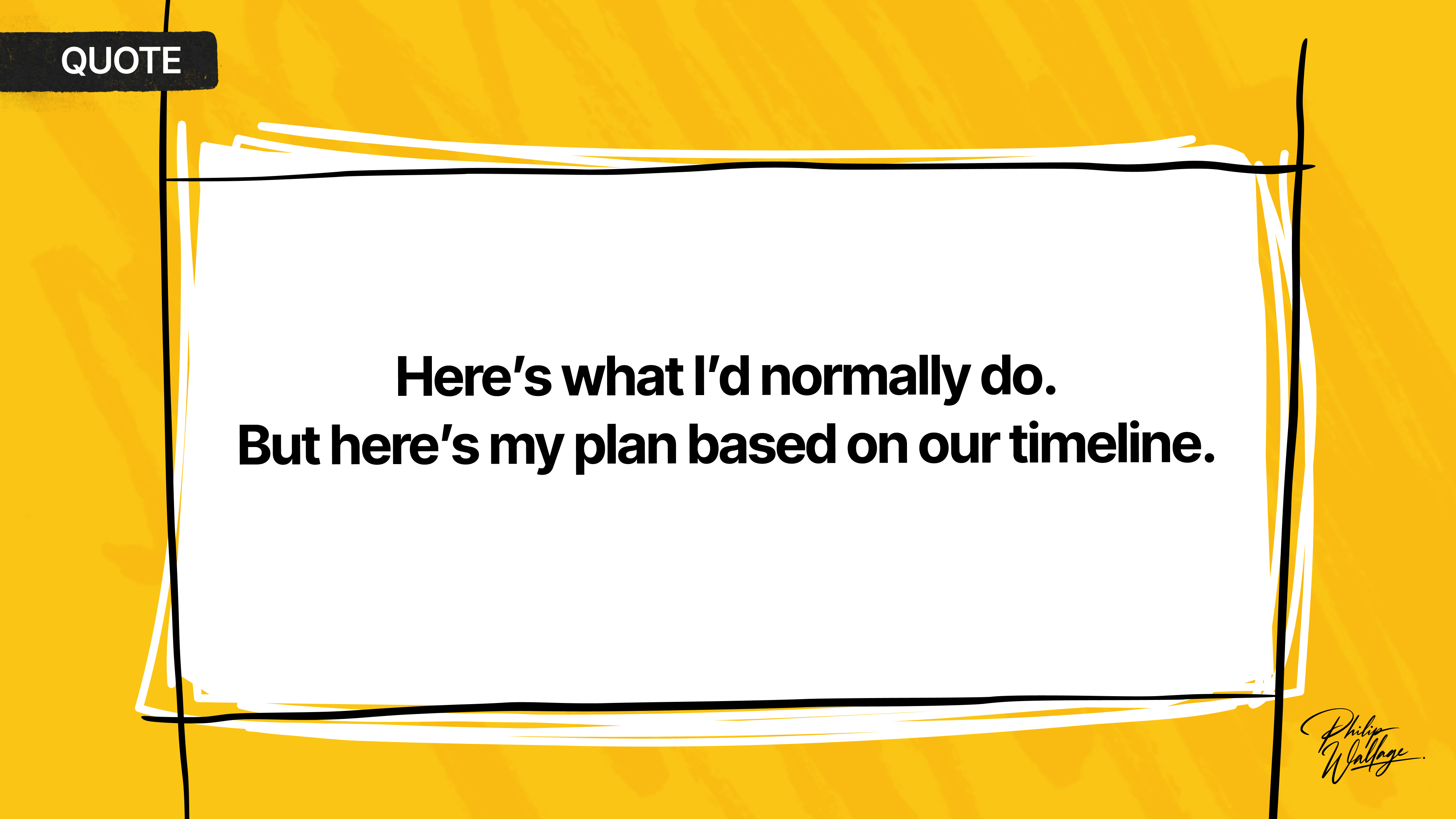
When the Stars Align: Doing UX Right for Innovative Solutions
Not every project was a rush job. Let me show you what happens when the timing, the client, and the stakes actually line up.
I was working with a SaaS company that had just landed the Dutch Road Service. Big. Semi-Government. Long-term potential. They were ready to invest in the relationship.
So I pitched a Design Sprint. Not just for ideas — but to actually listen to the people who’d use the thing. Throughout the sprint, we used various tools from the designer's toolkit to facilitate each step and tackle complex, ambiguous problems.
The line that landed it?
“If you want to do it right, you’ve got to listen to the people who are actually going to use it, right?” A human centered approach was central to the project's success, ensuring we prioritized real user needs and experiences.
Here are five things that have worked for me to convince teams:
- It’s cheaper to test a prototype than to launch a failure.
- In four days, you’ll know if we’re wasting six months.
- This isn’t a design exercise — it’s a decision-making accelerator.
- You don’t need to agree — just test it with a real user.
- And last one — this is how Google does it. And LEGO. And the UK government.
During the prototype and test phases, we were able to identify the best solution by experimenting with different concepts and gathering user feedback.
The result? We redesigned the student onboarding process. Saved the client hours of expensive call center time. Less stress, less chaos — better business outcomes. In the final phase, the team focused on implementation and measuring outcomes, ensuring the final stage delivered real, lasting impact.
That’s how you convince someone. Don’t sell sticky notes. Sell outcomes.
The Design Council Framework: A Practical Lens
Let’s talk about the Double Diamond—the Design Council Framework that’s become a staple in the design thinking process. If you’re tired of buzzwords, think of it as a map for navigating the chaos of design. Four phases: Discover, Define, Develop, Deliver. Each stage in the design process has a clear purpose, from understanding users to testing out your best ideas.
What makes this framework so useful is its focus on both divergent and convergent thinking. In the Discover phase, you go wide—gathering insights, empathizing with users, and exploring as many solutions as possible. Then you narrow in, defining the real problem. The Develop phase opens things up again, encouraging teams to create and test different ideas before finally converging on the best solution to deliver.
The Double Diamond isn’t just theory—it’s a practical tool for design teams who want to create user-centered design solutions without getting lost in endless debate. It reminds you to keep users at the heart of the process, to iterate, and to refine your work at every stage. By applying this framework, designers can drive business success and deliver solutions that actually solve the right problems for the right people.
Moving Fast Without Losing the Plot
Sometimes… you don’t get the perfect setup. You just need to deliver.
I once redesigned a web app in two months. Over 50 screens — rooms, prices, media, locations — all of it. Just me, the owner, and the CTO. They weren’t asking for deep research. They just wanted the UI to catch up with their functionality.
So I moved fast. No workshops. No user tests. And it worked. The client was happy. That was the goal. By applying practical methods and processes from software development, I was able to deliver results efficiently and adapt quickly to changing requirements.
Another client: eCommerce. We used Evidoo, a Dutch database of proven A/B test winners. If a design worked 30 times before… we just implemented it. This approach supports creative solutions and effective problem solving by leveraging what has already been shown to work.
Would I love to run our own tests? Sure. Makes for great portfolio stories.
But when the client sees results and feels momentum — do I really need more numbers? Sometimes… experience is the data.
Confidence in Real-World UX
People often ask how I can be confident working this way.
Part of it is reputation. When clients see I’ve worked with global brands, they assume I know what I’m doing. But I don’t abuse that.
I tell them: here’s what we should do. Here’s the risk if we don’t. Your call. A clear problem statement is essential here, as it guides the design process and ensures everyone is aligned on the core issue.
If they understand the risk, we go fast. And fast doesn’t mean careless. It means focused, confident, and clear. Creative confidence is crucial in navigating real-world UX challenges, allowing you to trust your instincts and iterate effectively.
If you’re a junior designer and scared of skipping steps, try saying something like:
- Here’s what I’d normally do — but here’s my plan based on our timeline.
- This is the fastest way I can still deliver something thoughtful.
- If we skip research, let’s agree on what assumptions we’re making — so we can test them later.
Design thinkers approach challenges with empathy and creativity, always seeking to understand users and generate innovative solutions.
These small phrases make a big difference.
What I Believe Now
After 20 years — a bunch of wins, mistakes, and way too many buttons later — what do I actually believe now?
Simple. I don’t preach the gospel to people who never came to church. I explain the two paths. The ideal one. And the fast one. Then I let the client decide.
Could it be better? Maybe.
Could we hit issues testing would’ve caught? Probably.
But I told them. And I haven’t heard one complain.
Being a UX designer in a company that doesn’t get UX… is like being a professional swimmer in the Sahara. Or a vegetarian in Texas.
You can survive — but it takes creativity. Designers in these environments often face wicked problems that are ill defined, lacking a definitive formulation, which makes it challenging to know where to start or how to proceed.
So either build the bridge. Or go with the flow and do the best work you can. Just be clear which one you’re doing. And why. The process of design involves navigating the stages of design and the stages of the design process, which can range from three to seven phases depending on the framework you follow.
If my son ever chooses this path, I hope he learns this:
- Go where you want to go.
- Go where people want you to be.
- Decide how you want to work. And find people who believe in that. Industrial design and a user centric mindset will help him generate new ideas and creative solutions, no matter the challenge.
Because in the end, design isn’t just about pixels, users, or sprints. It’s about who you do it with… and why. The best designers have created meaningful change by focusing on solving problems and balancing the problem and solution throughout their careers.
If this clicked with you — and you want to go deeper — here’s what I’d suggest next:
Check out my video that breaks down how Design Thinking changed the way I work. You can watch it next — I’ll link it right here.
And if you’ve got questions about your own UX process — what to push for, when to let go, or how to actually sell your ideas — you’re welcome to ask inside the free support group. Link’s in the description.
The Future of UX Design
So where’s UX design headed? The future is all about embracing the design thinking process—not as a buzzword, but as a way to tackle the increasingly complex problems that come with new technology and changing user needs. Designers who can combine empathy, creativity, and an iterative mindset will be the ones creating the most innovative solutions.
Divergent thinking, rapid prototyping, and constant testing with real users are becoming the norm. The days of designing in a vacuum are over. Now, the best UX designers are those who can solve complex problems by staying close to users, adapting quickly, and never settling for the first idea. This approach doesn’t just lead to better products—it drives business success and keeps companies ahead of the curve.
As the field evolves, expect to see even more integration of design thinking principles into every stage of the process.
The future belongs to designers who can create solutions that are not only beautiful, but also intuitive, effective, and grounded in a deep understanding of real users.
If you want to stay relevant, keep learning, keep iterating, and never lose sight of the people you’re designing for.
Got questions?
I’ve got (real) answers.
Every month, I answer 3 questions from creative freelancers, indie founders, and solo designers trying to grow their business without losing their minds (or soul).

